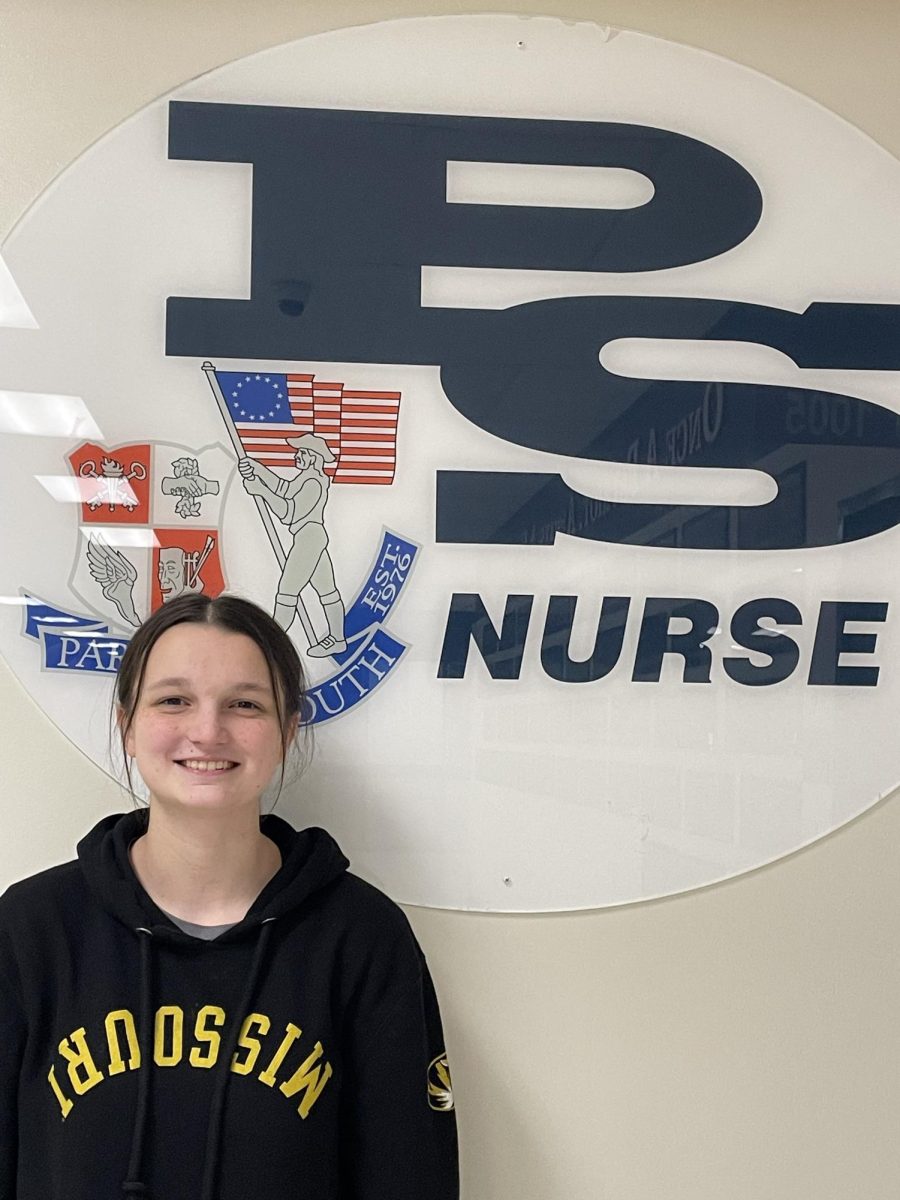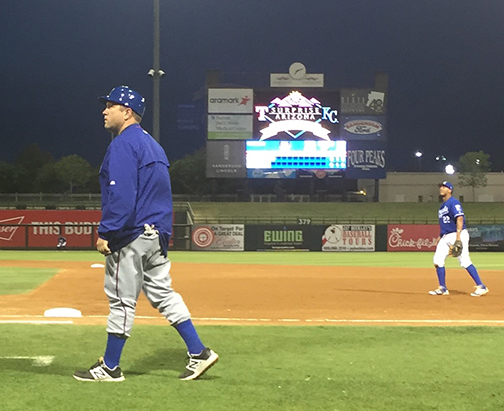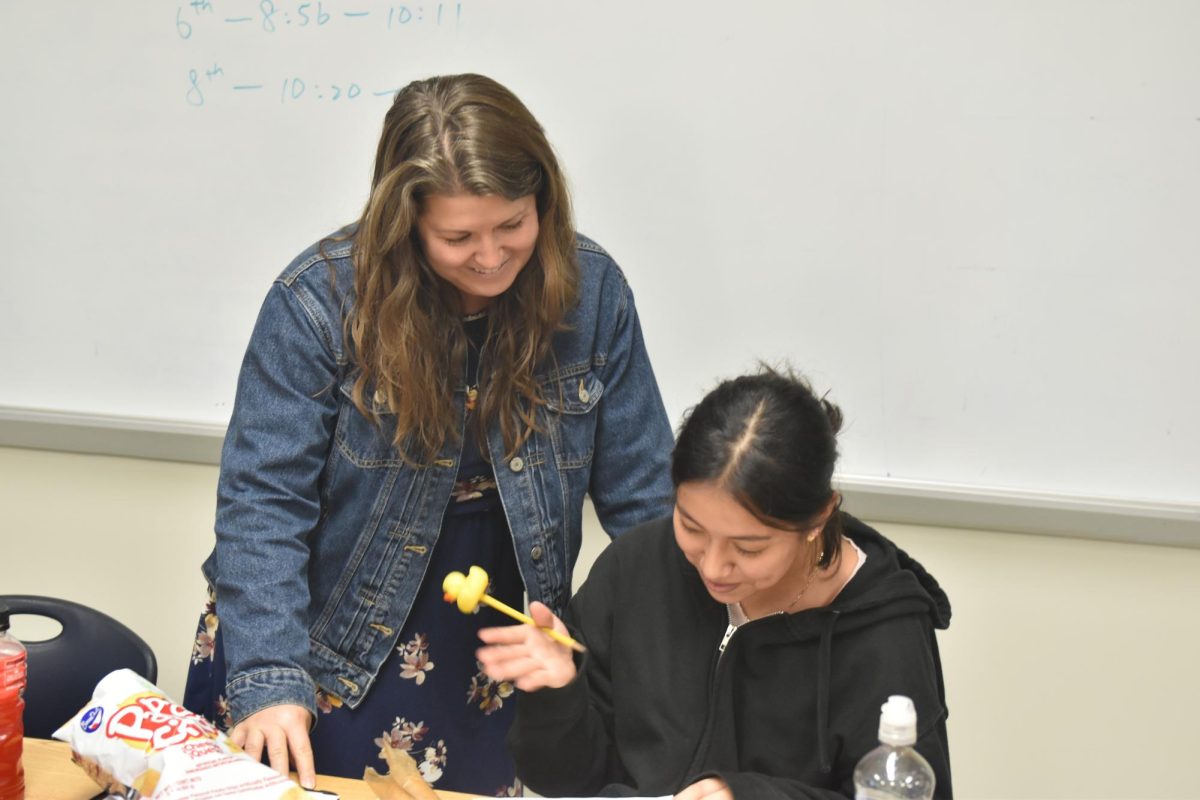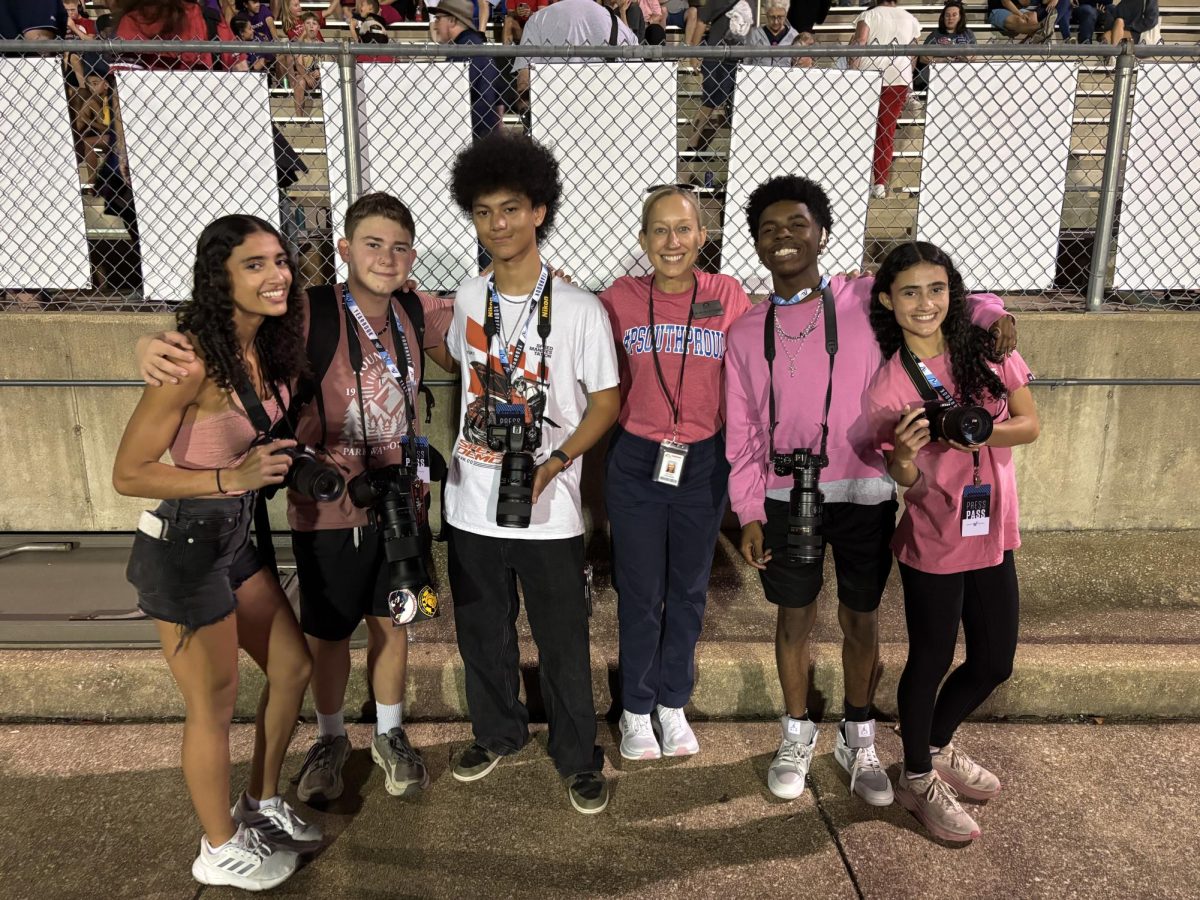Have you ever thought of what it means to have an allergy?
Many students at South High have allergies, ranging from common seasonal allergies to severe food or chemical allergies. According to Nurse Amy Laur, the most common allergy at South High is the peanut allergy. Peanut allergies are one of the most common allergies in the world!
“I think about 30 students in our school have a peanut allergy,” said Laur.
Laur said that allergies result from an immune response caused by an overactivation of a histamine. A Histamine is a chemical involved in the immune response and causes symptoms in allergic reactions.
Sophomore Henry Kane has a peanut allergy. The severity of peanut allergies is frequently overlooked, and when people with the allergy come in contact with peanuts, it can cause many health issues.
“I went to the hospital a few years ago in 2019 because I ate a cookie with peanut butter in it. I was in the hospital for two or three days,” Kane said.
However, allergies come in many forms and severities. Freshman Violet Weber has a gluten intolerance that she developed when she was in 7th grade. Celiac Disease causes her intolerance.
Weber’s intolerance is much less life-threatening, but it presents an issue for her physical health. She can’t eat grains such as wheat, rye, or barley and often needs special foods. If she were to consume any of these foods, it wouldn’t cause an immediate reaction, but it would impact her growth over time.
“I don’t pose any symptoms except for a growth stunt. So it wouldn’t impact me if I ate it right now, but if I kept eating it, it would affect me,” said Weber.
Most people have heard of peanut and gluten allergies, but those aren’t the only allergies at South High. Freshman Olivia Gray is allergic to cobalt and neomycin. Cobalt is a rare allergy, with only 2% of the world affected. Cobalt is in foods like spinach and anything made with blue dye. Neomycin is the active ingredient in topical ointments like Neosporin.
“I found out I was allergic to cobalt in late November 2022. I used to get contact dermatitis on my hand a lot. We did patch testing on my back with a dermatologist and it hurt. We took it off and went back in, and found out I was allergic to neomycin and cobalt,” Gray said.
Gray’s life has been dramatically impacted by her allergen. To keep track of all the foods that had neomycin or cobalt, she had to create a list. According to Gray, she’s been adding a new food to her allergen list almost every week.
“There’s a lot that I can’t have, so I have to steer clear of all of it,” Gray said. “Energy drinks, Cyanocobalamin, seafood/shellfish, leafy green vegetables, nuts, legumes, and cereals/grains.”
Furthermore, freshman Ava Weiland is allergic to glycerin. Glycerin is commonly found in skincare and makeup products. Therefore, Weiland uses the makeup brand Mary Kay, which usually doesn’t contain glycerin.
Weiland’s allergy is a skin contact-related allergy. When she gets allergic reactions, her face swells up severely, causing pain and making it hard for her to focus. One time, she used a product on her eyes that caused an allergic reaction.
“I put on eye cream and my eyes got puffed up and stung,” said Weiland.
Weber mentioned that she hopes schools will improve support for students with allergies and intolerances to different foods.
“There should be more options for people with dietary restrictions,” said Weber. “And right now, being gluten-free is trending, but some people just can’t have that stuff.”
South High has worked to accommodate students and has plans to help prevent them from coming in contact with their allergies.
“We have an allergy action plan and send it to teachers so they can be alerted. All teachers are trained to use EpiPens,” said Laur.
In addition, Laur has some advice for students with peanut allergies. She mentions that the school is peanut-free, but they still need to be wary of what they consume.
“Most of them need to watch that they’re not eating it, they need to keep an eye on the ingredients to see if it’s made with peanut oil or made in a peanut factory,” said Laur.
When a student with a severe allergy is exposed, they could go into anaphylactic shock. In this case, they would require an EpiPen. Kane’s peanut allergy is an example of a reaction that needs an EpiPen. However, not all allergies are treatable. Gray reports that no medication can reduce her symptoms when she comes in contact with her allergen.
“Unfortunately, nothing can be done about this allergy,” Gray said. “If I have an allergic reaction, I just deal with it on my own. There aren’t many people who research it, so there’s no medicine to treat it.”
Despite the consequences of being exposed to an allergen, many students still wish to have things their allergen holds them back from. Weber listed some foods she would have if she wasn’t intolerant to gluten.
“I would eat donuts, bread, and Twizzlers,” said Weber.
Moreover, Gray explained some of her favorite foods that she misses.
“I would like to have an energy drink, Lucky Charms, Froot Loops, M&M’s, fruity candy, cheesy broccoli, and blue Sour Patch Kids,” said Gray.
Kane has an idea of something as well.
“Peanut butter and jelly!” Kane said.














